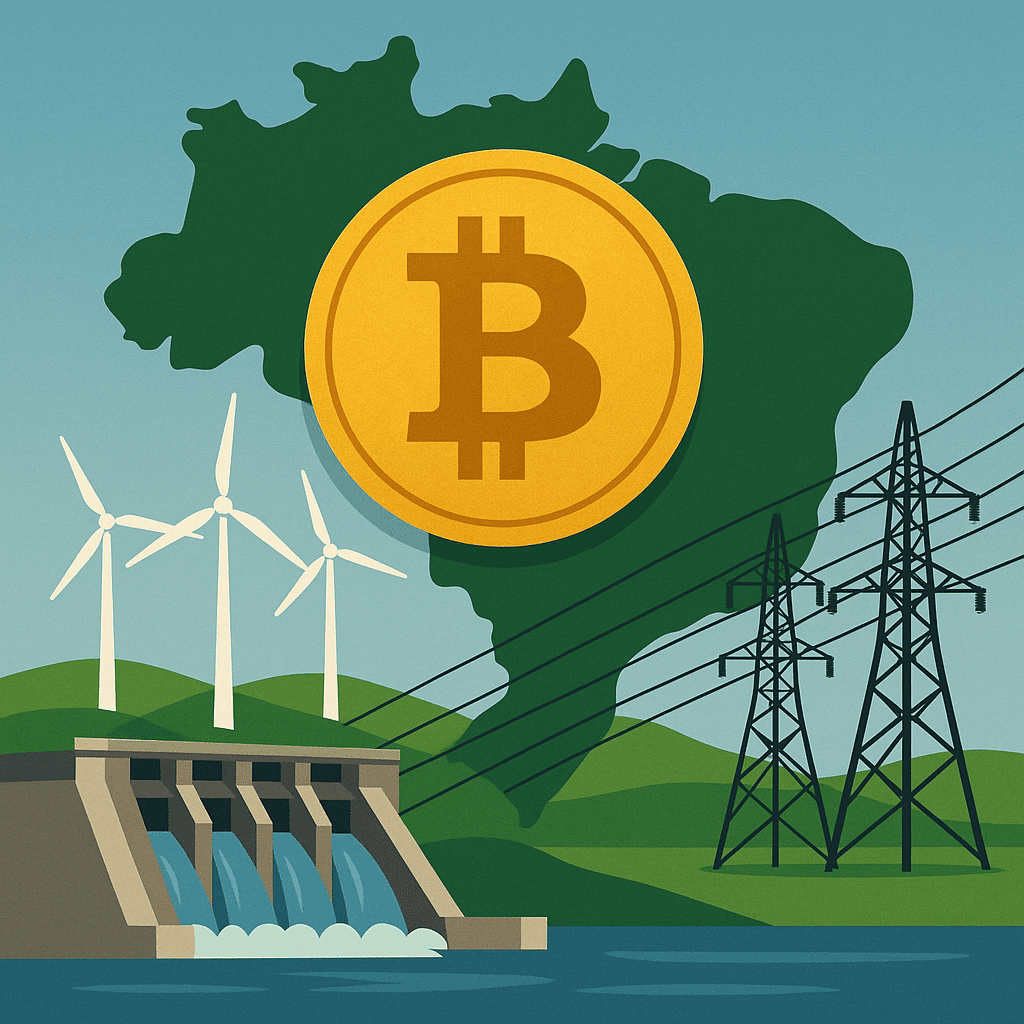
Brazil is quietly emerging as a promising destination for cryptocurrency mining, thanks to its abundant energy resources and recent infrastructure enhancements. The country’s sprawling hydropower network, combined with wind and solar capacity, has created periods of surplus electricity—particularly during off-peak demand. This excess energy, which might otherwise go underutilized, is now catching the eye of mining firms looking to slash input costs. The appeal is especially strong in regions near energy generation sites, where transmission losses are minimal and power availability is high.
The economic logic is compelling. By tying mining operations to areas with energy surplus, crypto firms can negotiate favorable rates, sometimes significantly below the average commercial rate. Such contracts can transform the profit dynamics of mining—lowering the break-even threshold and reducing reliance on high Bitcoin prices. For Brazil, the influx of mining investment could catalyze new infrastructure builds, create local jobs, and help monetize otherwise wasted energy. It’s a symbiotic play: mines absorb surplus power, and energy producers gain a reliable buyer in times of excess output.
But the opportunity isn’t without challenges. Brazil’s regulatory landscape around crypto and energy is still evolving, and tax regimes may shift. Grid stability is a concern—miners must coordinate with utilities to avoid destabilizing local networks. Environmental scrutiny, especially in the Amazon and hydro zones, can also spark controversy when building or expanding facilities. For mining to scale sustainably in Brazil, operators will need strong partnerships with local stakeholders, regulatory clarity, and resilient strategies. If executed well, Brazil’s energy glut might just rewrite the map for global crypto mining.
